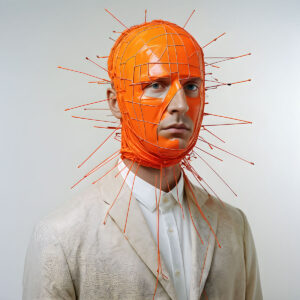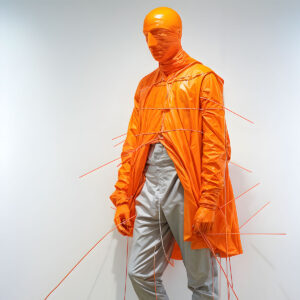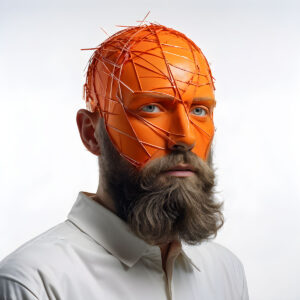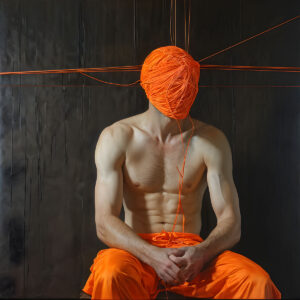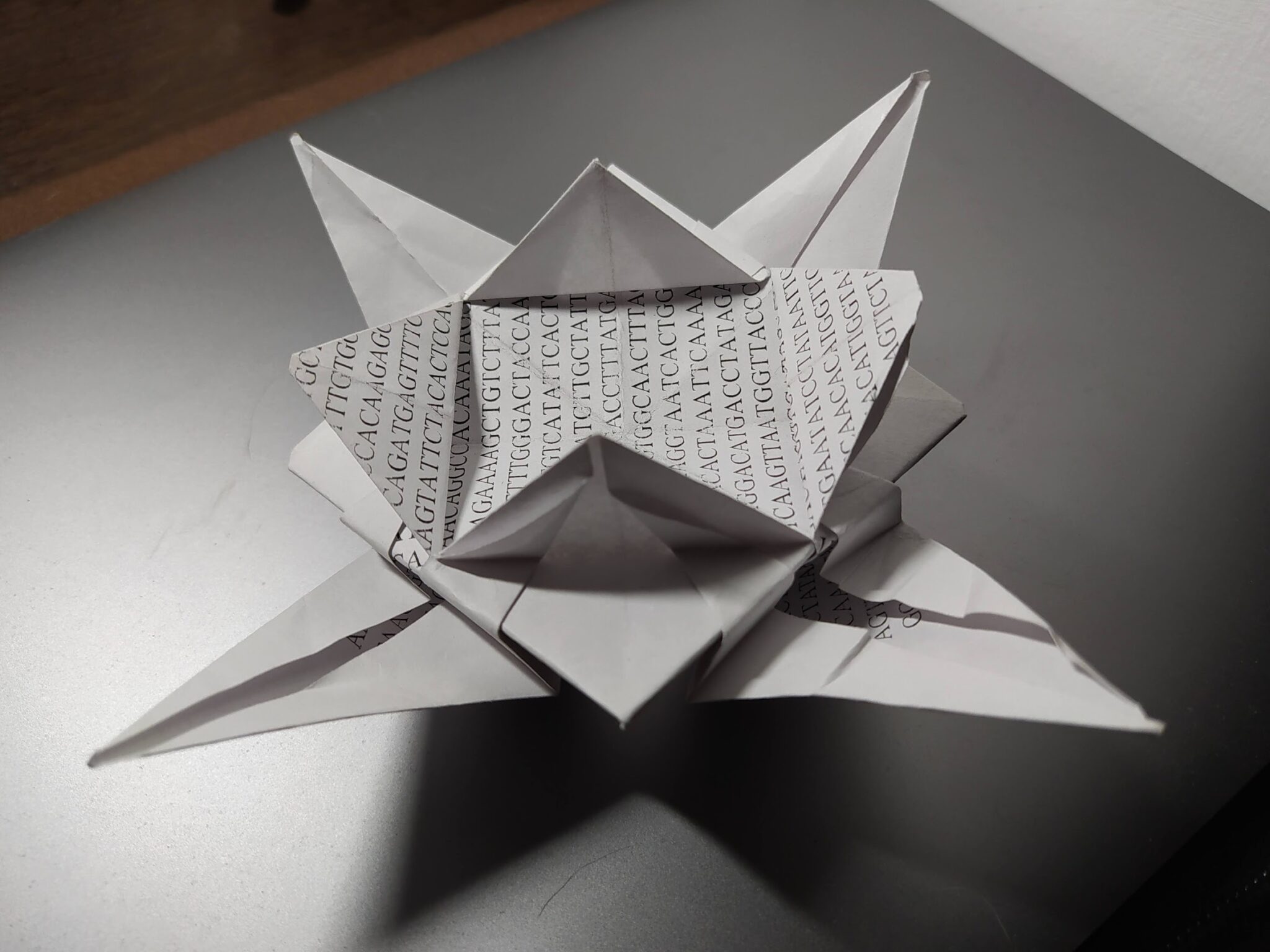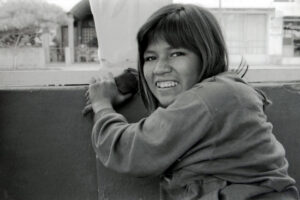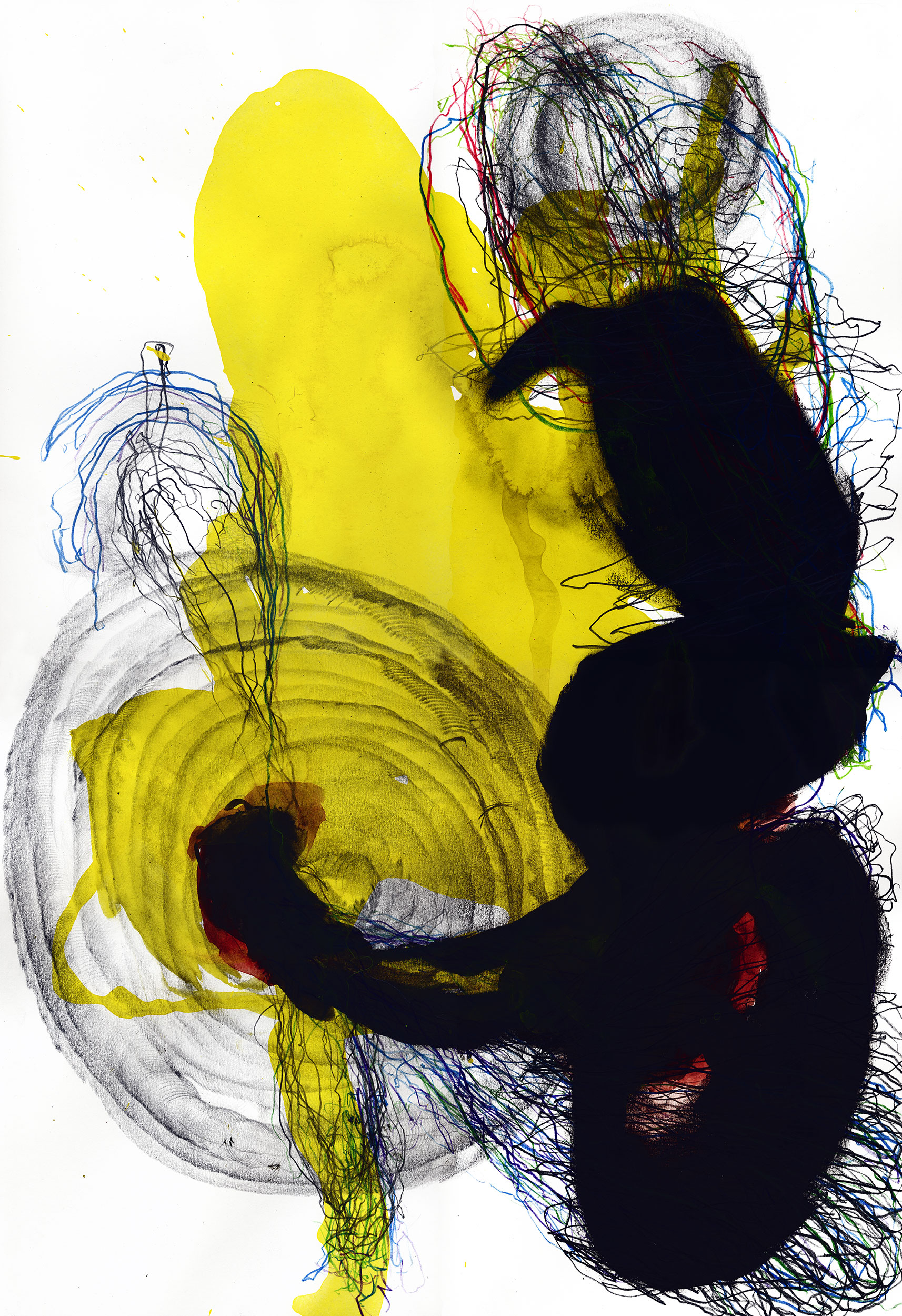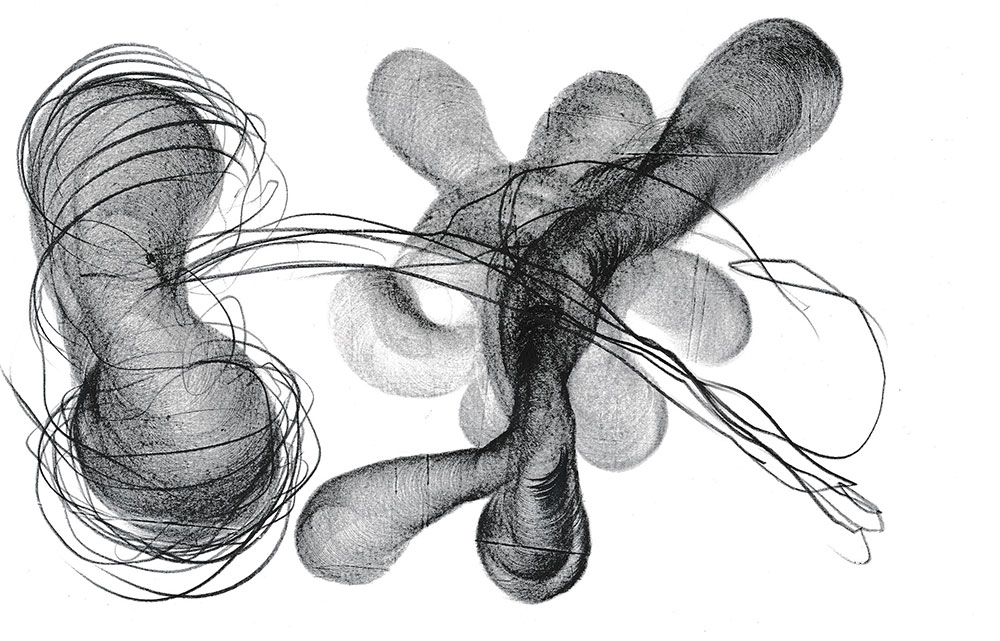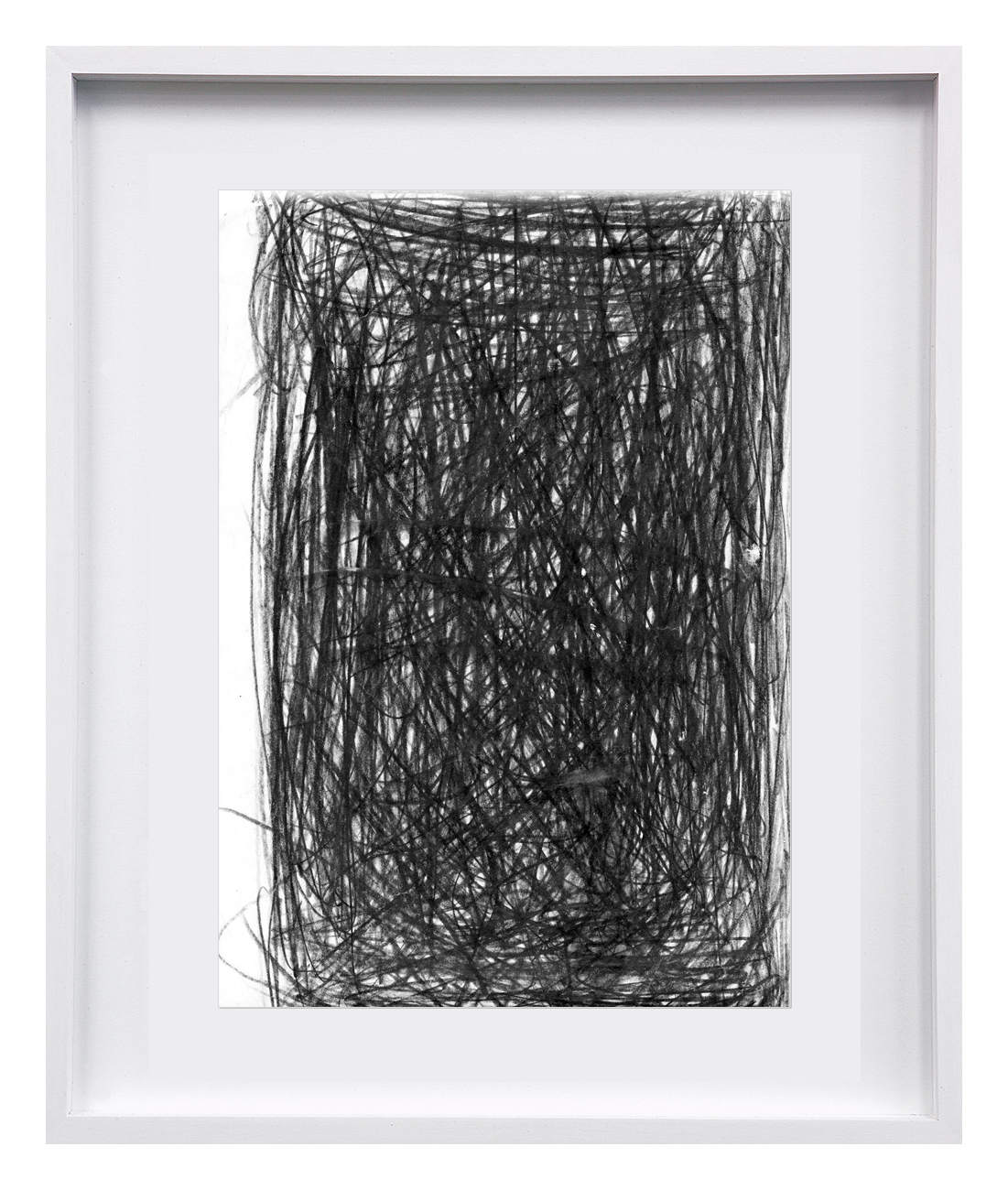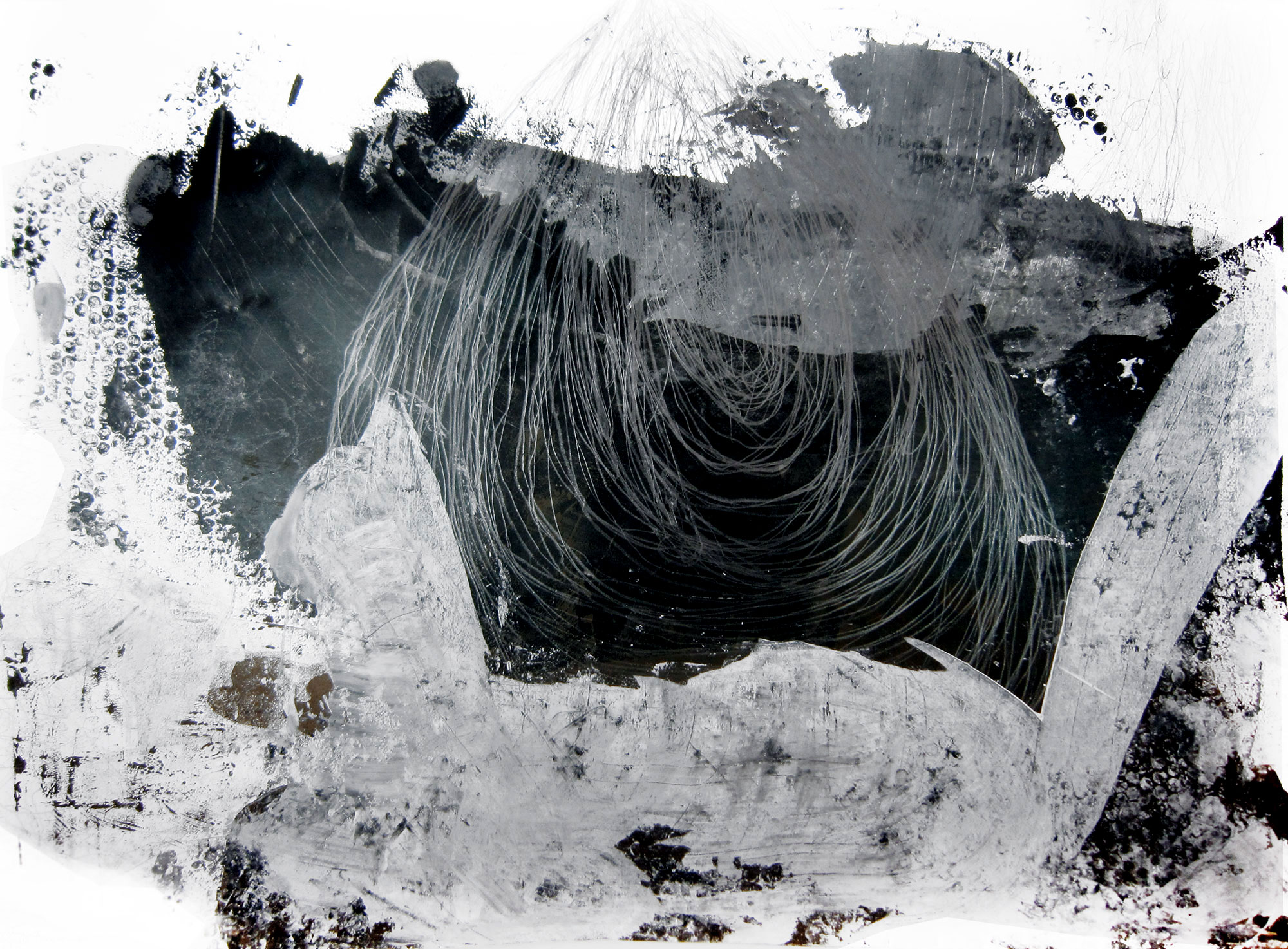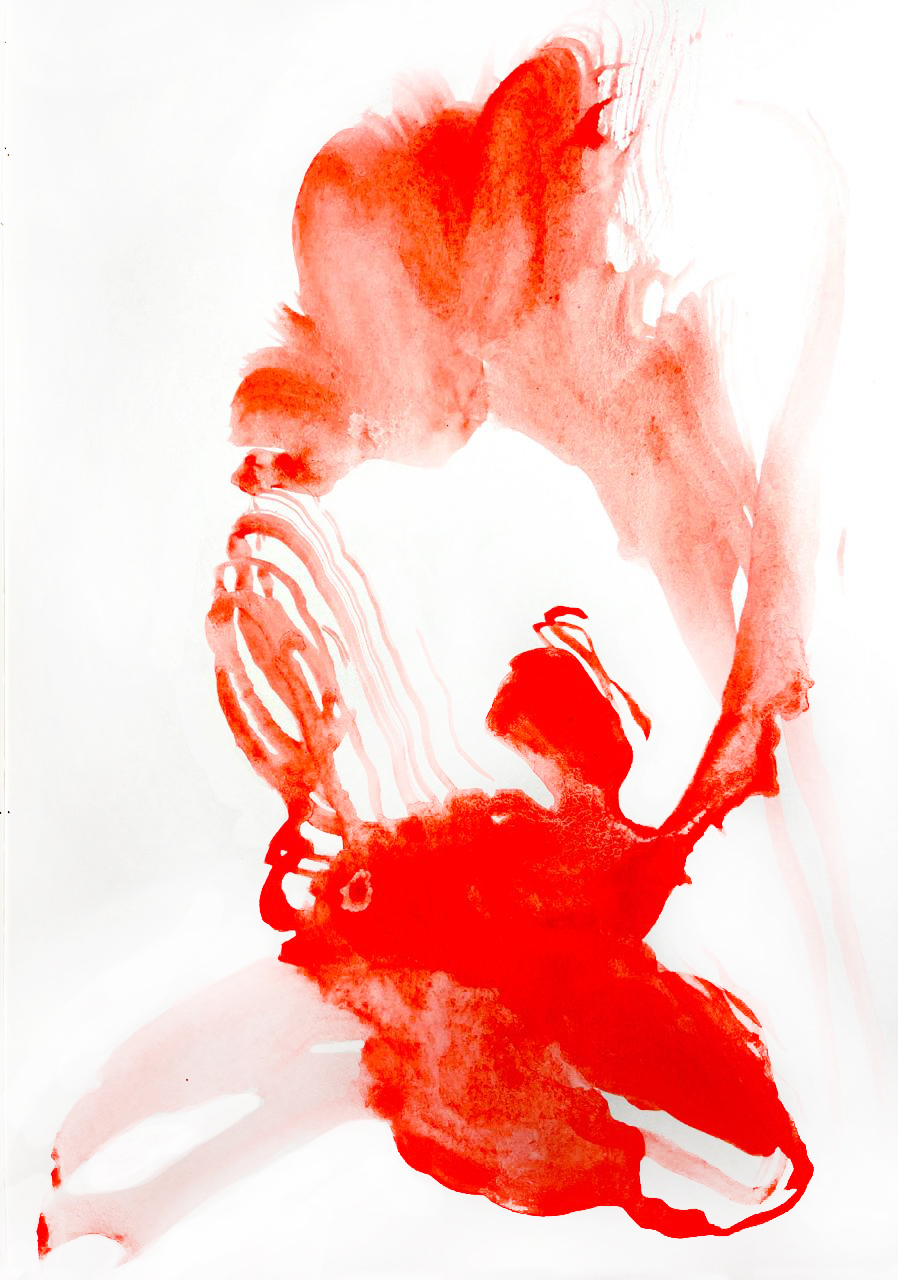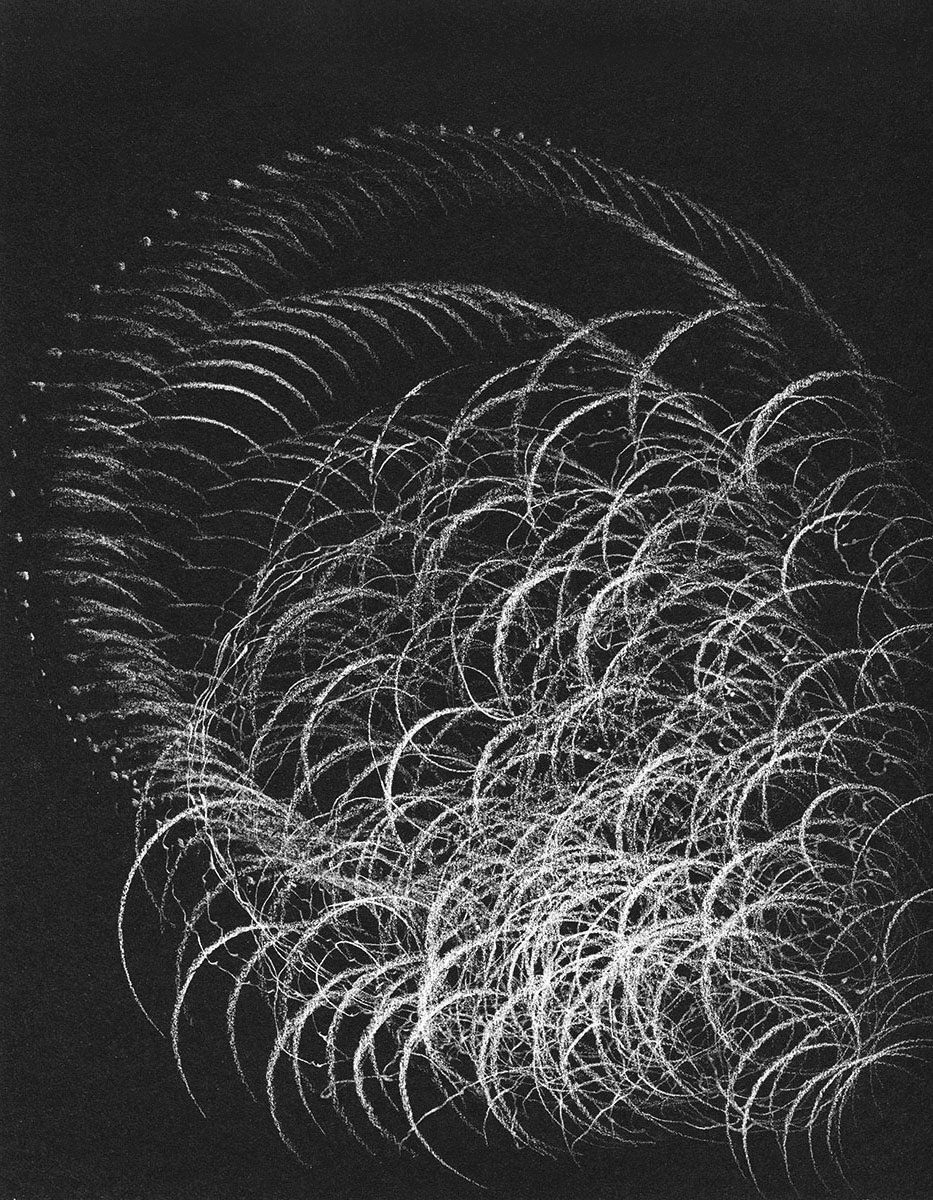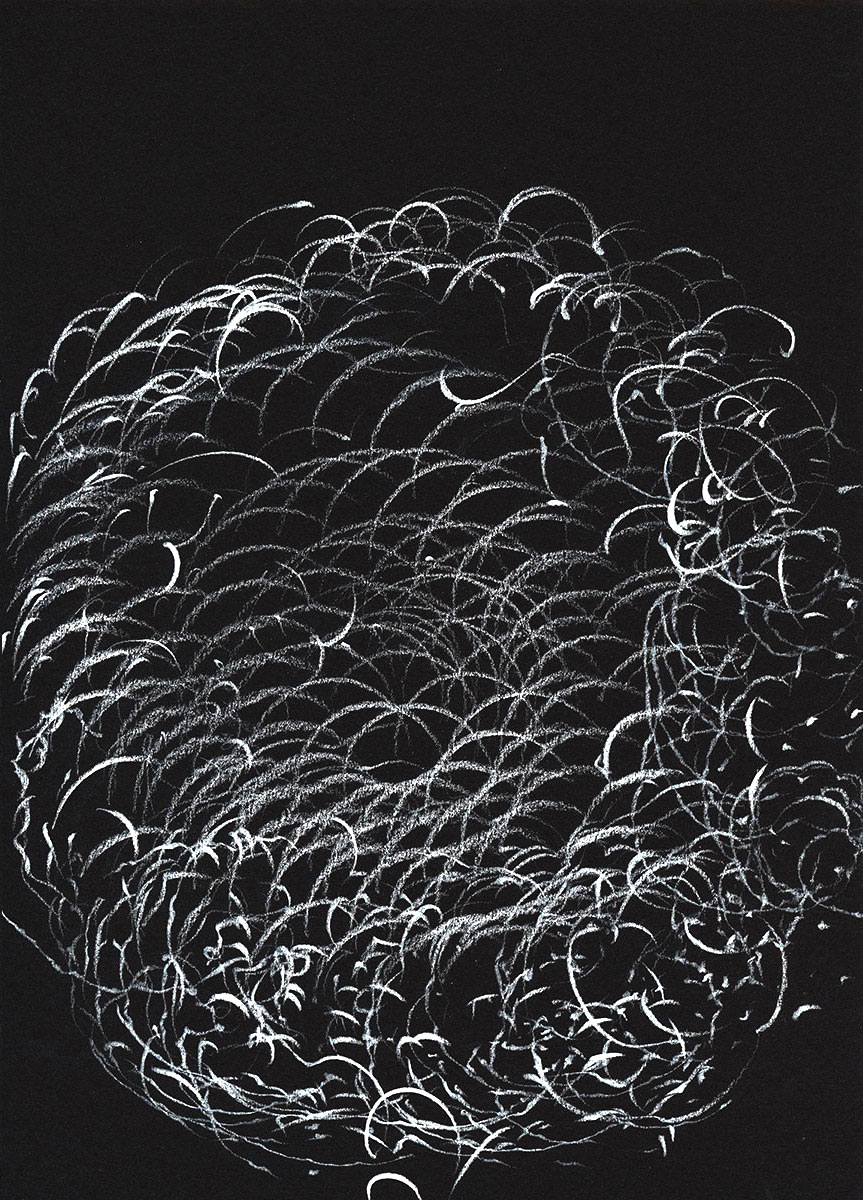Marcello Mercado
Poly-Auto-Portraits: Drifting Selves Between Scanners, Color, and Algorithms
Photography
2025
In this series, the boundaries of self-portraiture are abandoned and it expands into unstable, multiple configurations. These are not searches for essence or attempts to capture fixed identities. Rather, these images arise from the desire to fragment, multiply, and recombine the self to the point of becoming unrecognizable as a singular unit yet still recognizable as a process.
The project began two years ago with 3D scans of the artist’s head and bust. At that time, the software had not yet incorporated artificial intelligence refinements. The imperfections and rudimentary textures of those early scans were not obstacles, but rather the starting point for exploring the technical and visual limits of the device. Errors at the edges where the skull met the supporting pillow, volumetric distortions, and poor chromatic definition became expressive resources that were later amplified through digital processes. In these processes, backgrounds and internal structures were reworked with vibrant, unconventional colors.
The series evolved through a sustained feedback loop of scanning, digital manipulation, and algorithmic generation. Ultimately, it arrived at what might be called a poly-portrait: a head that represents not just the artist, but multiple versions of him. Each portrait is the result of merging, crossing, and recombining several previous heads. Embedded in this identity expansion is a genetic speculation: the possibility of considering the portrait as an archive of potential mutations, inheritances, and latent deviations.
Inevitably, the work dialogues with the classical history of self–portraiture, from Dürer’s introspective intensity, to Van Gogh’s gestural obsessions and Rembrandt’s luminous, expressive variations. However, there is no gesture of homage or comparison here. Rather, it offers a contemporary twist in which the self destabilizes, disintegrates, and reconfigures in algorithmic terms. The series engages with current debates on disidentification, digital ontologies, and new post-human modes of representation.
In this context, artificial intelligence is not a passive tool or a mere stylistic effect; it is an active agent that reinterprets, transforms, and proposes new facial configurations. These heads offer an unsettling, clinical visuality that is suspended between the organicity of skin and the wax-like materiality that emerges from digital scans, far removed from the standardized repertoires that dominate much of AI-generated imagery—populated by smiling humans, manga aesthetics, and domesticated animals.
The result is an expanding visual archive that transcends the logic of the portrait as a static representation. It opens a speculative field in which the self is no longer singular, but multiple. In this field, skin is both surface and frontier, interface and malleable matter. The image is not a mirror, but a territory.

(Spanish)
Poli-autoretratos: Derivas del yo entre escáneres, color y algoritmos
En esta serie, el autorretrato trasciende sus límites históricos y se expande hacia configuraciones inestables y múltiples. No se trata de buscar una esencia ni de capturar una identidad fija. Por el contrario, estas imágenes nacen de la voluntad de fragmentar, multiplicar y recombinar al propio sujeto hasta hacerlo irreconocible como unidad, pero reconocible como proceso.
El proyecto comenzó hace dos años con escaneos tridimensionales de la cabeza y el busto del propio artista, cuando el software aún carecía de los refinamientos que ofrecen hoy en día las tecnologías basadas en inteligencia artificial. Aquellos primeros escaneos, con sus imperfecciones y texturas rudimentarias, no fueron un obstáculo, sino el punto de partida para explorar los límites técnicos y visuales del dispositivo. Los errores en los bordes de contacto entre el cráneo y la almohada, las distorsiones volumétricas y la pobreza cromática se transformaron en recursos expresivos que se potenciaron posteriormente en procesos digitales en los que los fondos y las estructuras internas se trataron con colores vibrantes y poco convencionales.
La serie creció gracias a la retroalimentación persistente entre los escaneos, la manipulación digital y la generación algorítmica, hasta alcanzar la configuración de lo que podría denominarse un poliretrato: una cabeza que ya no representa solo al artista, sino que condensa múltiples versiones de sí mismo. Cada retrato es el resultado de la suma, el cruce y la recombinación de varias cabezas precedentes. En esta expansión identitaria subyace también una especulación genética: la posibilidad de concebir el retrato como un archivo potencial de mutaciones, herencias y desvíos latentes.
El trabajo dialoga inevitablemente con la historia clásica del autorretrato, desde la intensidad introspectiva de Durero hasta las obsesiones gestuales de Van Gogh, pasando por las variaciones lumínicas y expresivas de Rembrandt. Pero aquí no hay gesto de homenaje ni de comparación, sino una torsión contemporánea en la que el yo se desestabiliza, se desintegra y se reconfigura en clave algorítmica. La serie se inscribe en los debates actuales sobre la desidentificación, las ontologías digitales y las nuevas formas de representación poshumanas.
La inteligencia artificial no es aquí una herramienta pasiva ni un mero efecto estilístico, sino un agente activo que reinterpreta, transforma y propone nuevas configuraciones del rostro. Lejos de los repertorios estandarizados que dominan gran parte de las imágenes generadas por IA —pobladas por humanos felices, estética manga y animales domesticados—, estas cabezas proponen una visualidad incómoda, clínica y tensada entre la organicidad de la piel y la materialidad casi cerosa que emana de los escaneos digitales.
El resultado es un archivo visual en expansión que supera la lógica del retrato como representación estática y abre el campo hacia un espacio especulativo donde el yo no es uno, sino muchos; donde la piel es superficie y frontera, pero también interfaz y materia maleable; donde la imagen no es reflejo, sino territorio.

(German)
Poly-Selbstporträts: Abweichungen des Selbst zwischen Scannern, Farbe und Algorithmen
In dieser Serie verlässt das Selbstporträt seine historischen Grenzen und erweitert sich zu instabilen, multiplen Konfigurationen. Es geht nicht um die Suche nach einer Essenz oder die Erfassung einer festen Identität. Im Gegenteil: Diese Bilder entstehen aus dem Willen, das Selbst zu fragmentieren, zu multiplizieren und neu zu kombinieren, bis es als Einheit nicht mehr erkennbar, als Prozess jedoch intensiv spürbar ist.
Das Projekt begann vor zwei Jahren mit 3D-Scans des Kopfes und des Oberkörpers des Künstlers. Zu dieser Zeit verfügte die Software noch nicht über die Verfeinerungen der heutigen KI-gestützten Technologien. Diese ersten Scans mit ihren Unvollkommenheiten und rudimentären Texturen waren kein Hindernis, sondern der Ausgangspunkt einer technischen und visuellen Grenzerkundung. Fehler an den Kontaktstellen zwischen Schädel und Kissen, volumetrische Verzerrungen und die schwache Farbdarstellung wurden zu expressiven Ressourcen, die in digitalen Prozessen mit leuchtenden, unkonventionellen Farben verstärkt wurden.
Die Serie entwickelte sich durch eine intensive Rückkopplung zwischen Scanning, digitaler Bearbeitung und algorithmischer Generierung, bis schließlich etwas entstand, das als Poly–Porträt bezeichnet werden könnte: ein Kopf, der nicht mehr nur den Künstler selbst darstellt, sondern verschiedene Versionen seiner selbst in sich verdichtet. Jedes Porträt ist das Ergebnis der Verschmelzung, Kreuzung und Neukombination mehrerer früherer Köpfe. In dieser Identitätsausweitung schwingt auch eine genetische Spekulation mit, die Vorstellung vom Porträt als potenziellem Archiv von Mutationen, Vererbungen und latenten Abweichungen.
Das Werk steht unweigerlich im Dialog mit der klassischen Geschichte des Selbstporträts – von Dürers introspektiver Intensität über Van Goghs gestische Obsessionen bis hin zu Rembrandts ausdrucksstarken Lichtvariationen. Es handelt sich jedoch weder um eine Hommage noch um einen Vergleich, sondern um eine zeitgenössische Wendung, in der sich das Selbst destabilisiert, desintegriert und algorithmisch neu formiert. Die Serie verortet sich in aktuellen Diskursen über Desidentifikation, digitale Ontologien und neue posthumane Darstellungsformen.
Dabei ist die Künstliche Intelligenz kein passives Werkzeug und kein bloßer Stileffekt, sondern ein aktives Subjekt, das interpretiert, transformiert und neue Gesichtsstrukturen vorschlägt. Fernab der standardisierten Repertoires, die einen Großteil der KI-generierten Bilder dominieren – bevölkert von glücklichen Menschen, Manga-Ästhetiken und domestizierten Tieren – eröffnen diese Köpfe eine beunruhigende, klinische Bildsprache, die zwischen der Organik der Haut und der wachsartigen Materialität digitaler Scans oszilliert.
Das Ergebnis ist ein sich erweiterndes visuelles Archiv, das die Logik des Porträts als statische Repräsentation überwindet und ein spekulatives Feld öffnet. In diesem ist das Selbst nicht mehr eins, sondern viele. Die Haut ist darin sowohl Oberfläche als auch Grenze, ebenso Schnittstelle und formbares Material. Das Bild ist kein Spiegel mehr, sondern ein Territorium.



